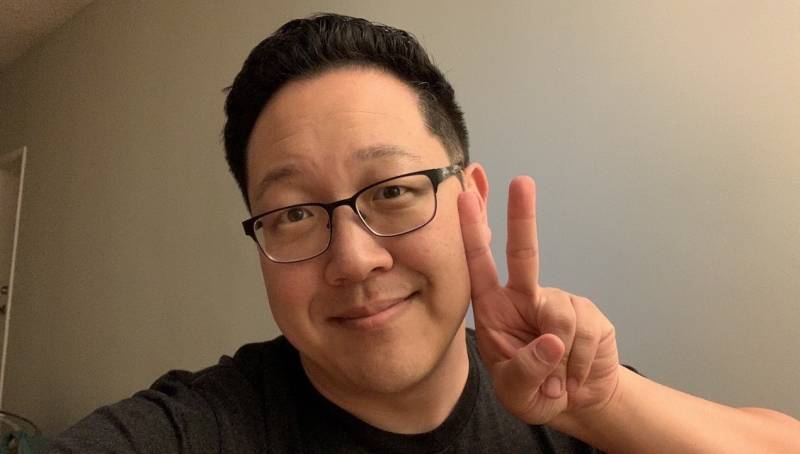You can’t go to the theater these days.
So theater companies big and small across the country, including Berkeley Repertory Theatre, New York’s Public Theatre and the Kennedy Center in Washington, D.C., have asked dozens of professional playwrights to create short dramas for people to perform at home. The play scripts, part of a new initiative called Play at Home, have been downloaded 20,000 times since the start of April.
I decided to assemble a group of coworkers together via Zoom to give one a go. You can view our effort here:
I picked Bay Area playwright Min Kahng’s Half a Dozen of the Other from around 100 plays available on the Play at Home website. One reason is that it could be performed by the exact number of coworkers who’d agreed to participate: three people to play roles, one to read the stage directions, and one (me) to introduce the proceedings. I also liked the sound of Kahng’s quirky drama centering on a mysterious, locked wardrobe. Of course, it doesn’t stay locked for long.
All the Play at Home plays are available online for anyone to download for free and perform from home with friends and family—or with colleagues online. KQED Arts’ senior editor Gabe Meline, who in our reading played a character whose curiosity is aroused by the wardrobe, says doing Kahng’s play served as a welcome break from having to be his usual self in Zoom meetings all day long.
“After doing this play, I realized how refreshing it was to be someone else for 10 minutes,” Meline says.



